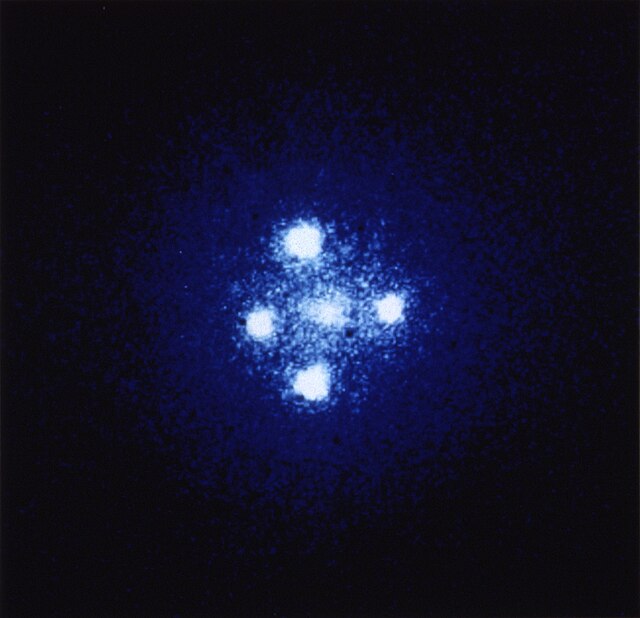Gaston Bachelard was a French philosopher. He made contributions in the fields of poetics and the philosophy of science. To the latter, he introduced the concepts of epistemological obstacle and epistemological break. He influenced many subsequent French philosophers, among them Michel Foucault, Louis Althusser, Dominique Lecourt and Jacques Derrida, as well as the sociologists Pierre Bourdieu and Bruno Latour.
Gaston Bachelard
Facade painted in homage to Gaston Bachelard, in Bar-sur-Aube, his birthplace
The building in rue de la Xavée in Remiremont, where Bachelard lived from 1903 to 1905
Philosophy of science is the branch of philosophy concerned with the foundations, methods, and implications of science. Amongst its central questions are the difference between science and non-science, the reliability of scientific theories, and the ultimate purpose and meaning of science as a human endeavour. Philosophy of science focuses on metaphysical, epistemic and semantic aspects of scientific practice, and overlaps with metaphysics, ontology, logic, and epistemology, for example, when it explores the relationship between science and the concept of truth. Philosophy of science is both a theoretical and empirical discipline, relying on philosophical theorising as well as meta-studies of scientific practice. Ethical issues such as bioethics and scientific misconduct are often considered ethics or science studies rather than the philosophy of science.
In formulating 'the problem of induction', David Hume devised one of the most pervasive puzzles in the philosophy of science.
Karl Popper in the 1980s. Popper is credited with formulating 'the demarcation problem', which considers the question of how we distinguish between science and pseudoscience.
The expectations chickens might form about farmer behavior illustrate the "problem of induction".
Seen through a telescope, the Einstein cross seems to provide evidence for five different objects, but this observation is theory-laden. If we assume the theory of general relativity, the image only provides evidence for two objects.







